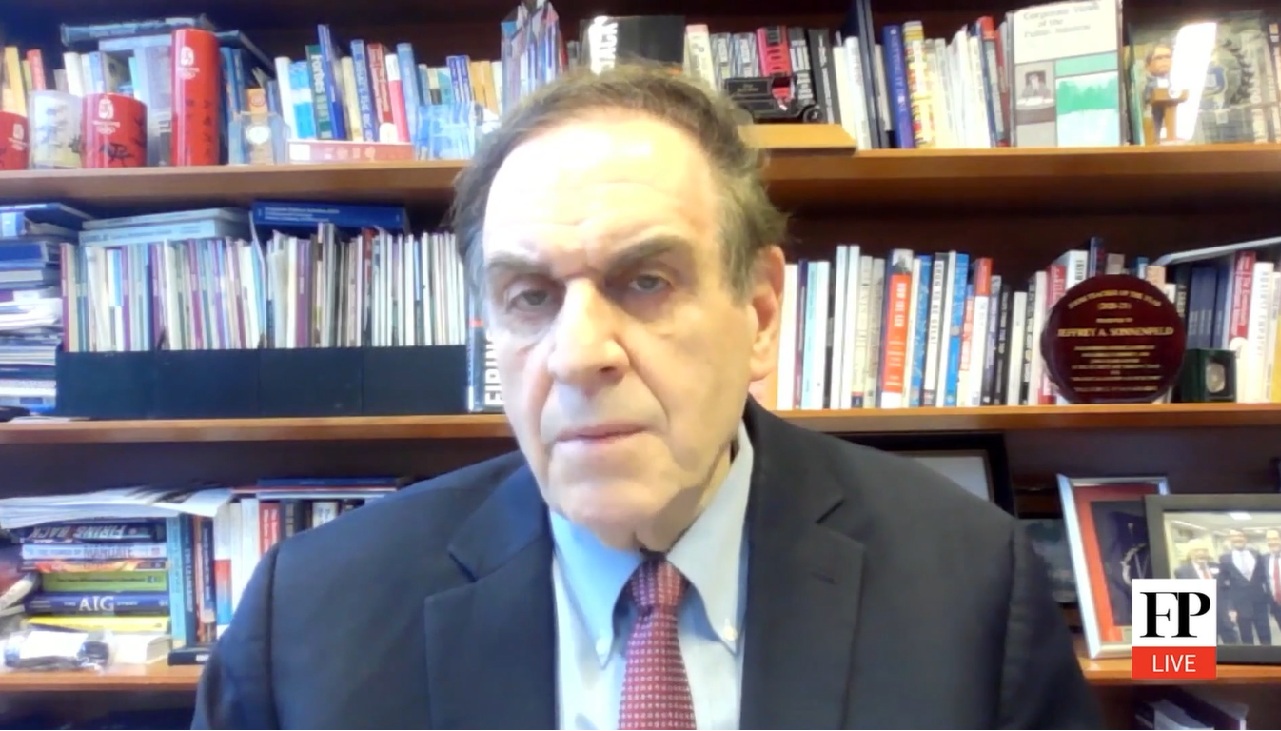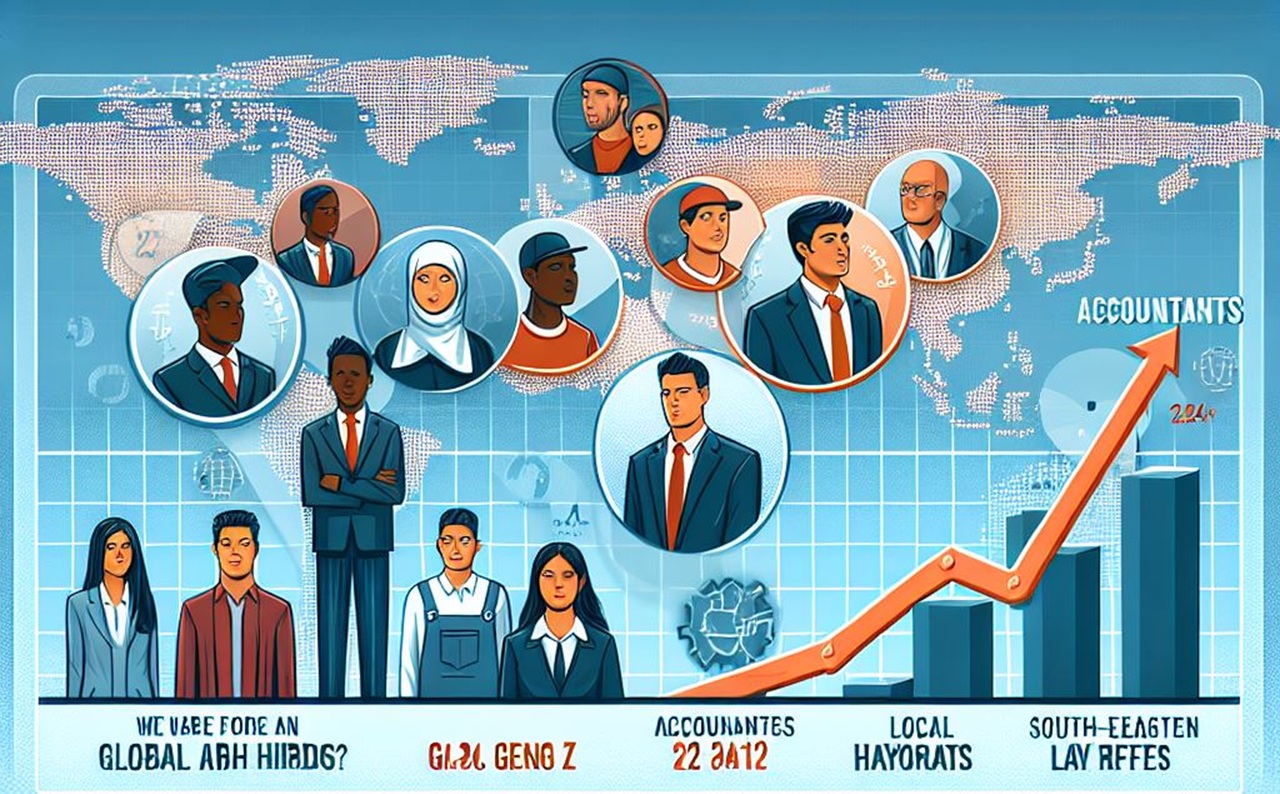
Relying on TikTok to manage finances? Here's how Americans use social media to seek financial advice
A Philadelphia Federal Reserve study includes a diagnosis of people's financial behavior on social networks.
Social networks have become the new financial consulting room for millions of Americans, especially among younger generations. From TikTok to YouTube, platforms designed to entertain are now competing with traditional advisors in offering advice on how to save, invest or improve credit scores.
This trend was recorded in the Federal Reserve Bank of Philadelphia's latest report, "How Americans Use Social Media for Financial Advice," by researchers Tom Akana, Amber Lee and Larry Santucci. The study, based on a national survey of more than 5,000 adults, reveals that nearly one in five Americans have sought financial advice on social media, making it the fourth most popular source, after friends and family, specialized websites and professional advisors.
According to the report, prepared as part of the LIFE Survey (Labor, Income, Finances, and Expectations), the most active users of financial content on networks are between the ages of 18 and 35. It also highlights men, blacks and Hispanics, and those with incomes over $100,000 per year.
In terms of platforms, YouTube leads with 65.6% of users, followed by Facebook (54.7%), Instagram (44.2%) and TikTok (36.4%). Preferences vary by age and gender: TikTok and Instagram are more popular among women and Latinos, while X (formerly Twitter) and Reddit have a greater presence among young men.
What kind of advice do users follow?
The Akana, Lee and Santucci study highlights that 43% of users have implemented budgeting advice, and 33% have adopted strategies to improve their credit. But there is also an appetite for riskier decisions: 27.3% said they have bought or sold cryptocurrencies following advice on social networks, well above the percentage among those who turn to advisors or family members.
RELATED CONTENT
Finfluencers: educators or sellers?
A key figure in this dynamic is the finfluencer -creator of content on personal finance-. Many of them do not have professional training, but project credibility through accessible language, the appearance of financial success or online popularity.
Although 61% of the general public distrusts networks as a source of financial advice, those who use them trust them more and value factors such as the "apparent wealth" of the influencer, according to the report. In contrast, the majority of the overall sample prioritizes the clarity, low cost and professional preparation of the advisor.
Opportunity and risk
The Federal Reserve study warns that while social networks can democratize access to financial education, they also expose users to misinformation, poor quality advice or even fraud. This risk is especially high among young people with little financial experience.
"Increasingly, finfluencers are paid by financial firms to promote specific products and services, which may cause them to focus more on a marketing task than on providing valid advice to their followers," write Akana, Lee and Santucci in the report, published in March 2025 by the Consumer Finance Institute at the Federal Reserve Bank of Philadelphia.
For the U.S. Latino community-with a strong social media presence and limited access to traditional financial services-these platforms can be a gateway to financial literacy. But they also represent a minefield if the sources are not critically evaluated.
The key is financial education and critical thinking. A viral video can inspire, but it is no substitute for informed advice.











LEAVE A COMMENT: